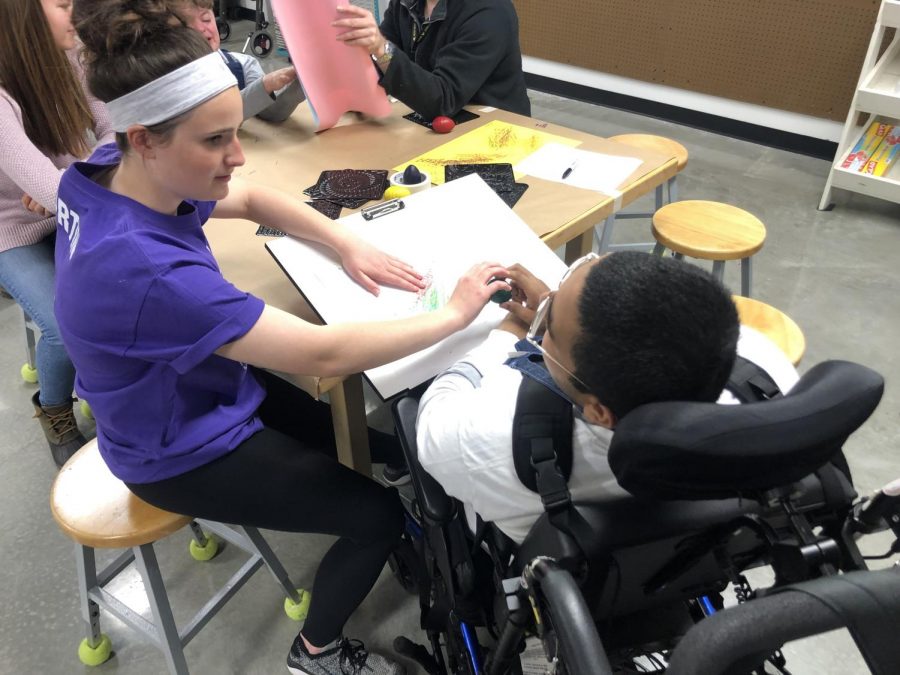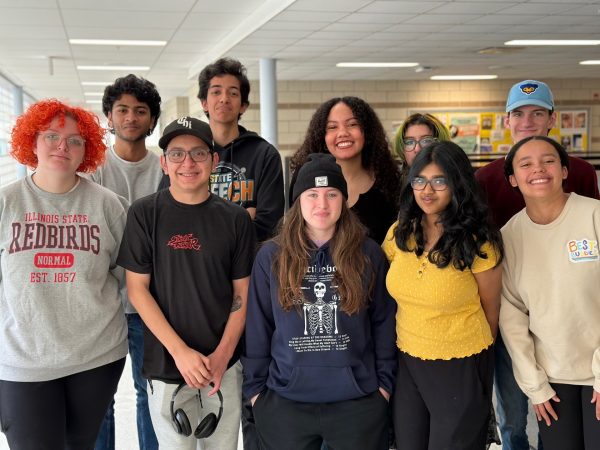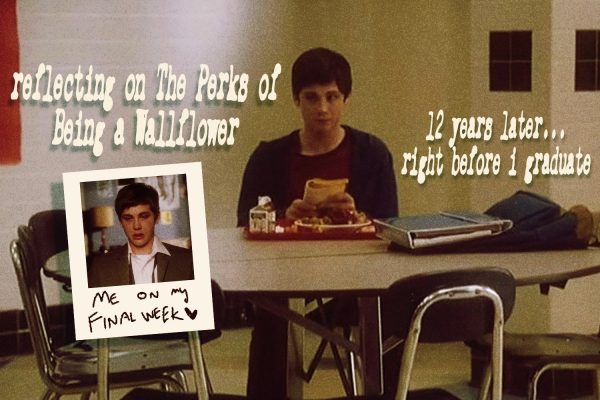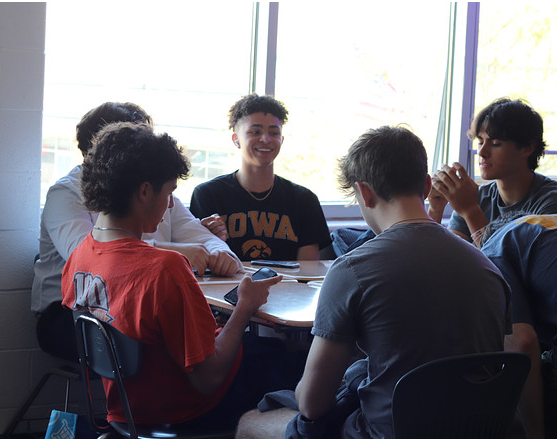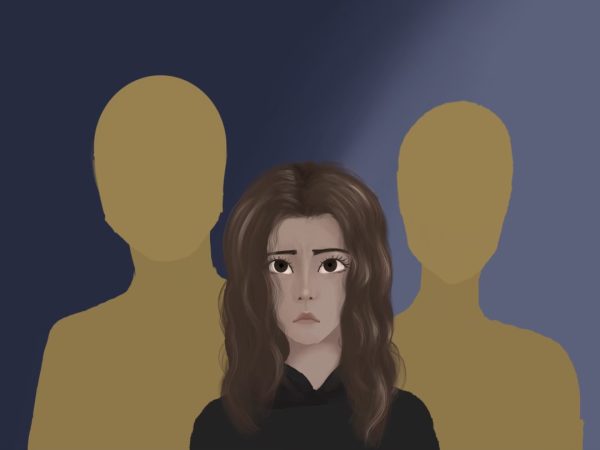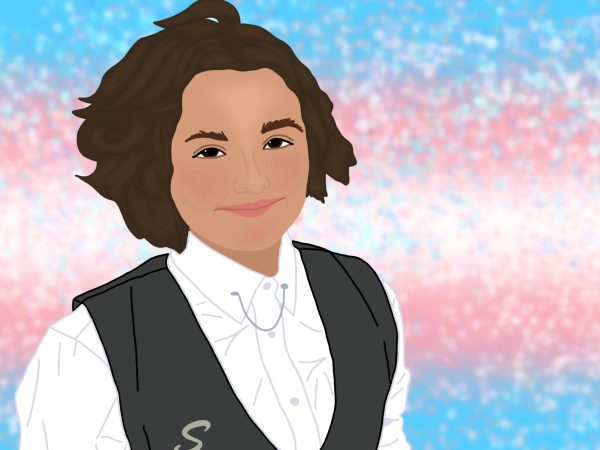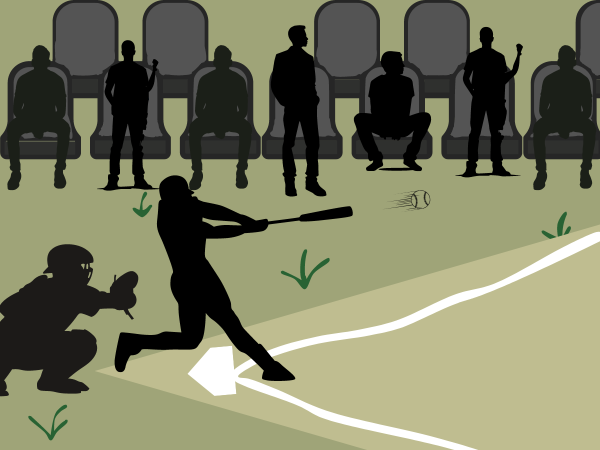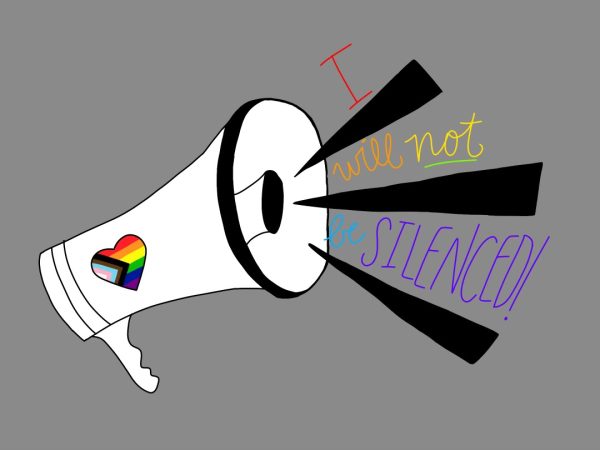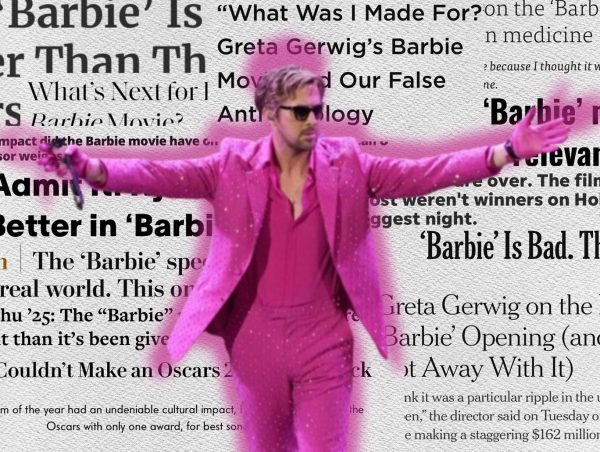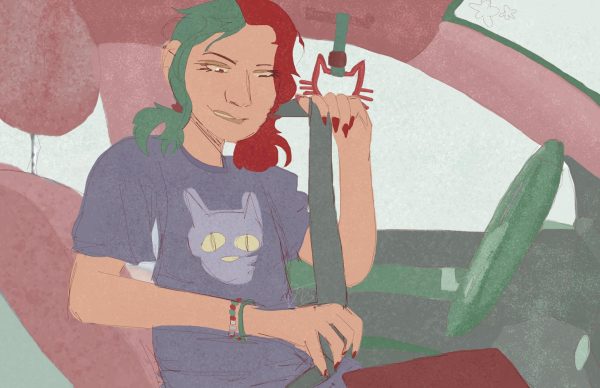Adapted art classes would provide creative outlet for students with disabilities
Students work on an art piece during a trial of the adaptive art class
My twin sister, Kirsten, is not able to take an art class: She looks different, talks a little slower, but this doesn’t mean she should be treated differently.
Nevertheless, Kirsten and many others are discriminated against on a daily basis. Kirsten has Cerebral Palsy which causes her to be partially paralyzed on her right side and blind in her right eye. Kirsten is always coloring, playing with Legos, and her choice of activity at home when she isn’t listening to her music is doing puzzles. Her creativity comes from many things that aren’t exactly a typical art class, but she is always being creative.
The inclusive learning environments that the art and special education departments offer is fantastic. There is no doubt they have done the most to strive for greatness in teaching and helping these students learn and achieve greatness.
But there could be more.
The “more” is creating an adapted art class at our school. Adapted art is the concept of having a student with special needs and a typical student in an art class. The typical student would assist the student with special needs in creating their art.
Our school already has adapted physical education classes, more commonly known as Peer Partners. Partners work with their peers and give them assistance and words of encouragement in their activities, all while being able to make friends and have fun in PE. They are able to do all of this while still getting their physical activity that everyone else gets in their typical gym class.
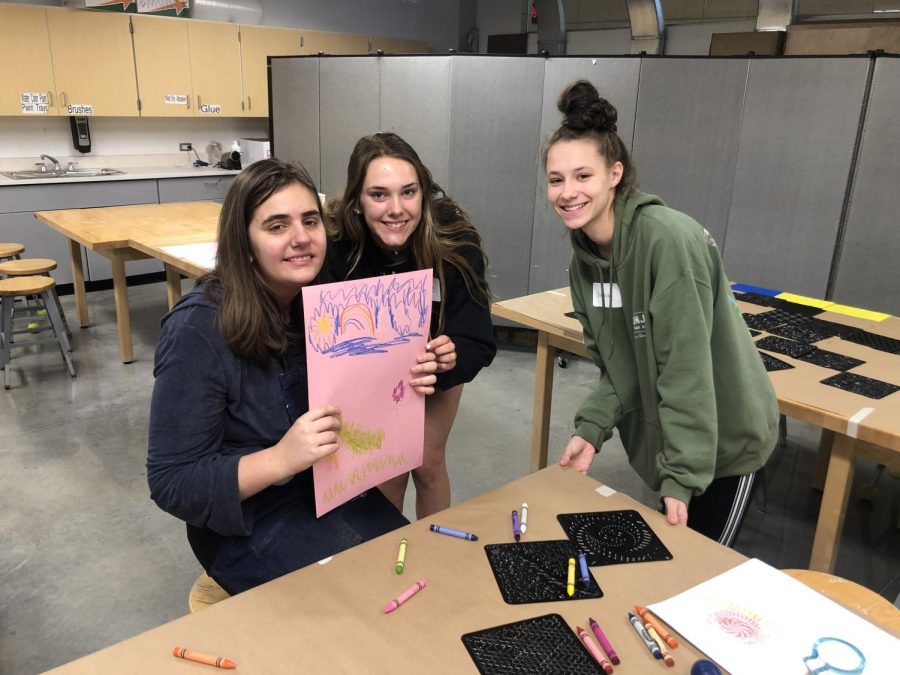
Students with disabilities can also take Peer Culinary Arts, also known as Home Maintenance. This is similar to Peer Partners, but instead of physical activity, the partners are assisting their peers in cooking, cutting foods, and cleaning counters. This class is just like the typical culinary class that I could take, but the curriculum is tailored to their levels and what they can do.
District 203 has programs beyond ours. If our students were fortunate enough to be in District 203 they would be having the same equal opportunities as their peers. They have something called Adapted Art. Adapted Art takes the same concept as Peer Partners and Peer Culinary: The typical students are assisting the other students, but instead of doing gym class or culinary skills they are creating art. I got the chance to observe their class along with Ms. Wunderlich and Mrs. Popovich, and we were in awe of what their class consisted of. They had a ratio of 2:1 partner to students with special needs; this was to ensure that the students got the most independence in creating their art. We also got to see what their students had previously had made: torn paper collages, collages, sculptures and so much more. Everything we saw was something new and something that benefited their students’ art skills and even social skills.
Art has many benefits for the students including fine motor skills, communication, and attention skills according to Scholastic. These specific areas of growth for students with special needs include life skills, communication, focus, coordination, and even self-control. Students with special needs tend to get frustrated more easily than typical students, and art can help teach them self control in a new way. The teachers get a meaningful experience in working beside these students. Teachers don’t normally get to work with students who have disabilities, and this would offer a new environment and a new sense of teaching. More often than not these students don’t necessarily care about the way their art looks, they care that they can do other things that the people that they look up to get to also do; or as my sister likes to call it “copying my big sissy.”
District 204 has opposed this idea for 10 years. That’s 10 years with both departments suggesting the idea, 10 years of both departments suggesting this and neither knowing the other was suggesting it; 10 years of being ignored and told no.
A new class would be expensive and time-consuming, but that shouldn’t be the only reason that the many people who have tried to start this beforehand are constantly ignored and overlooked. The art classrooms are used quite frequently throughout the day, meaning that there may not be enough room to add another class. Ideally having it in the art rooms would work best, but the classes could be in the Special Education rooms.
We also need teachers to teach the class. Teachers are already busy enough, they could only have up to two periods off and limiting them from that could cause them more stress and less time to work on their class plans and having more time out of their already limited time to grade work and plan for various art festivals through the year.
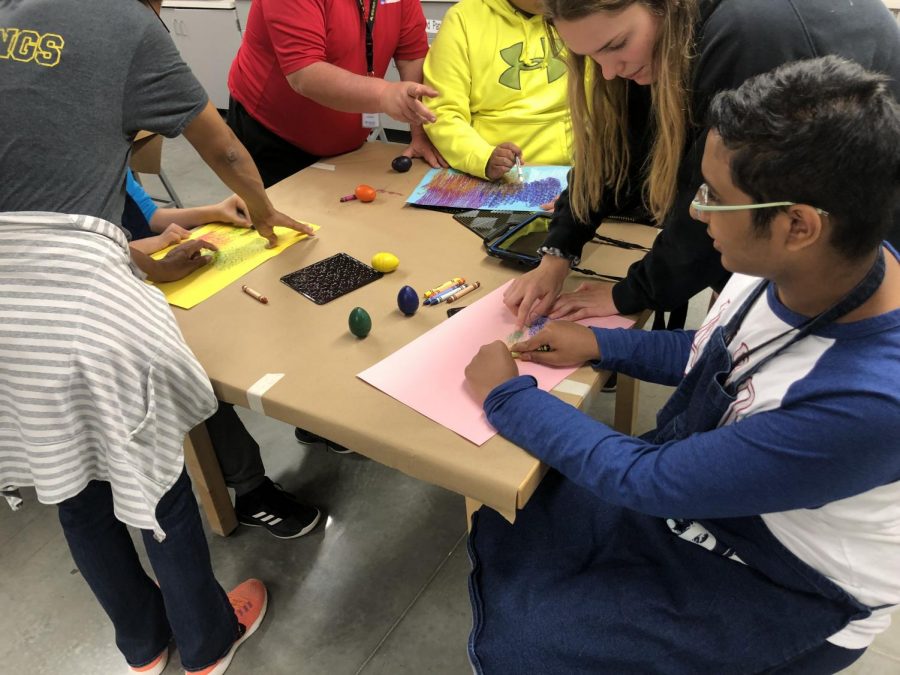
But these are all foolish reasons. We know the schedules of the special education students are very busy. Granted they go to work out in the community and do their own work on their classrooms, but the best time for them is the third hour. The students are going to work in the community, work around the school, and doing classroom work; the third hour is when the schedules of these students don’t clash with their current and consistent routines that they value so much. We have found multiple different teachers to teach it and are willing to teach this class, so finding one teacher or many won’t be an issue. The biggest issue you may say is the money, but if administrators really care about the value of education in their students they will find a way.
Three weeks ago, we did a trial of this class. The outcomes were amazing and even better than we expected. We saw students who are usually disinterested in their activities or work who participated and had so much fun while doing it. Some students struggle to stay awake in the morning hours and even throughout the day, and they were awake, engaged, and independent in their activity with minimal instruction to stay focused.
In the trial we did a texture activity; this means that we had a plate with some sort of texture on it and they had to put it underneath their paper; they had to color with crayons on the paper so that they could see the texture appear on the paper. We were able to modify the way the paper was positioned for those in wheelchairs, we had an easel and clipped the paper to the easel so that it was easier for them. We also were able to have egg crayons, this was to help all students who struggle with gripping and holding a normal or even fatter normal shaped crayons.
Kirsten isn’t just the only one losing out on meaningful and age-appropriate challenges but so are all of her peers. Everyone deserves to have the same opportunities as the person next to you. I know reading this you would be upset if you couldn’t take an art class because of something you couldn’t control.
The Metea L.I.F.E statement says that we should “expect equity and excellence for all.” Is our school really living up to that saying? The lack of an art class for our students with special needs is not equality for all and is definitely not excellence for all.
If we as a school believe that everyone should be treated equally, we need to put our words into action. The staff at Metea are the ones who teach the students, many students lead by example and we need an example to follow. The actions of students starts solely with the staff. If we as students see teachers/staff who truly care about the impacts of education all our students then we will follow by their example. Education matters for everyone; something that everyone should have on hand, no matter the subject, class, or the student.
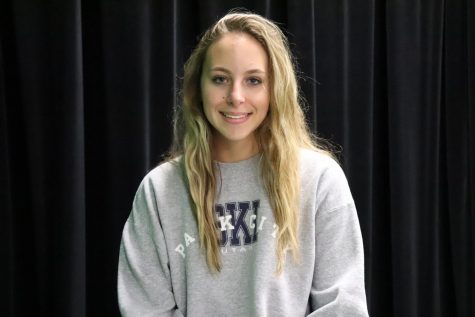
Jordan is a senior this year and this is her first year on staff as a photographer. If she isn’t hanging out with her twin sister or taking photos, she’s...

